Otherness, Identity, and Belonging in Higher Education
The ideas of otherness, identity, and belonging in higher education help us make sense of the recent campus unrest at universities around the country. Otherness is a social construct that explains majority/minority social identities. Think about social identity as a reflection of how individuals and groups internalize established social categories — culture, race, ethnicity, class — within societies. These identities often are predetermined by the predominant social order. There are insiders and outsiders — those who fit in and those who do not — and those definitions change with the times.
Higher education has never been an oasis of acceptance and nurturing despite what college recruiters tell eager high school students. Colleges and universities, especially our most elite institutions, have only begun to base admission on “merit” during the last 50 years. For most of their histories, they were bastions of apartheid — the very definition of exclusion — based on race, class and ethnicity. Their traditions epitomized the rejection of otherness. Blacks, women, Jews, Hispanics and working class youths did not belong. The beautiful buildings clothed with ivy were symbols of systematic exclusion. James Livingston of Rutgers University reminds us that “every Ivy League endowment, with the possible exception of Cornell, was connected either to the slave trade or to the Atlantic economy that could be constructed as a result.”
… every Ivy League endowment, with the possible exception of Cornell, was connected either to the slave trade or to the Atlantic economy that could be constructed as a result. — James Livingston, Rutgers University
The sacred traditions of the past are ritualized practices that have not yet reconciled the exclusionary past with the inclusionary present. More and more colleges and universities are devising plans to promote diversity and inclusion. Brown’s President Christina Paxson, for example, announced a university draft plan to focus “both on diversity — ensuring that faculty, students and staff represent the breadth of backgrounds and experiences critical to an intellectual community — and inclusion — ensuring that each individual will have equal standing as a member of the community.”
Declarations and plans are positive points of departure. But lecturing about what should be cannot precede the process of examining past and present perspectives on what it means to belong. The reality is that too many diverse students do not feel that they are full members of the campus community. Assani York, a student at Princeton’s Woodrow Wilson School of Public and International Affairs wants Princeton to rethink its image of Wilson in a way that aligns with its claims of diversity and inclusiveness: “Don’t say you are diverse and include minorities when you see several buildings on campus that are named after people who didn’t even want those people here. We’re saying remove his name and then figure out another way to commemorate him — the good and the bad.”
Jeremy Adelman, director of the Global History Lab at Princeton University, suggests that a discussion of Woodrow Wilson in a global, not exclusively American, context “enables us to be clearer about the fundamental question: How do we memorialize mixed legacies like Wilson’s? When society’s values change, should we swap out names and symbols? When yesterday’s sinners are trumped by today’s saints, what happens when those saints become tomorrow’s sinners? And what to do with the memory of the sin if it’s no longer publicly there to remind and to discuss?”
Ta-Nehisi Coates, in his award-winning book, Between the World and Me, implicitly calls for the decoupling of myth and history: “…there is the extra burden of your country telling you the Dream is just, noble, and real, and you are crazy for seeing the corruption and smelling the sulfur.” He comments on the otherness experienced by black students in higher education: “Even when they succeeded, as so many of them did, they were singled out, made examples of, transfigured into parables of diversity. They were symbols and markers, never children or young adults.”
I spent the majority of my time feeling as though the admissions office had made a mistake letting me in — not because of my academic performance, but because I came from a completely different class of people. — Brittney Winters, Princeton Class of 2009
We cannot minimize the feelings of otherness and displacement felt by diverse students, especially at our most exclusive institutions. Brittney Winters shares her story about her years at Princeton. Though she recognizes the excellent education she received at the institution, it is first and foremost a story of pain — with profound feelings of otherness: “I spent the majority of my time feeling as though the admissions office had made a mistake letting me in — not because of my academic performance, but because I came from a completely different class of people.” That reflection mirrors the feelings of another student, Sonia Sotomayor, who graduated from Princeton nearly forty years ago.
The recent events at universities around the country reinforce my own belief that empathy must be the foundation of any honest discussion about the impact of feelings of otherness on our college campuses. A recent article in The Atlantic discusses empathy as a foundation for discussion, referring to Coates perspective on race in American as a “skeptical reply to the putative power of empathy to transcend racial divisions.” I stubbornly continue to believe in the power of empathy. And I am in good company. In his memoir, The Audacity of Hope, President Obama characterizes empathy as the “heart of my moral code,” the “organizing principle for ethical behavior.”
Empathy forces us to think beyond the limits of individual beliefs shared only by those just like us. Campus protesters will move beyond protests and campus administrators will move beyond platitudes when they take the time to share stories of otherness. We need to build a common vocabulary for these discussions if we truly want to ask and answer essential questions that lead the entire community toward change.

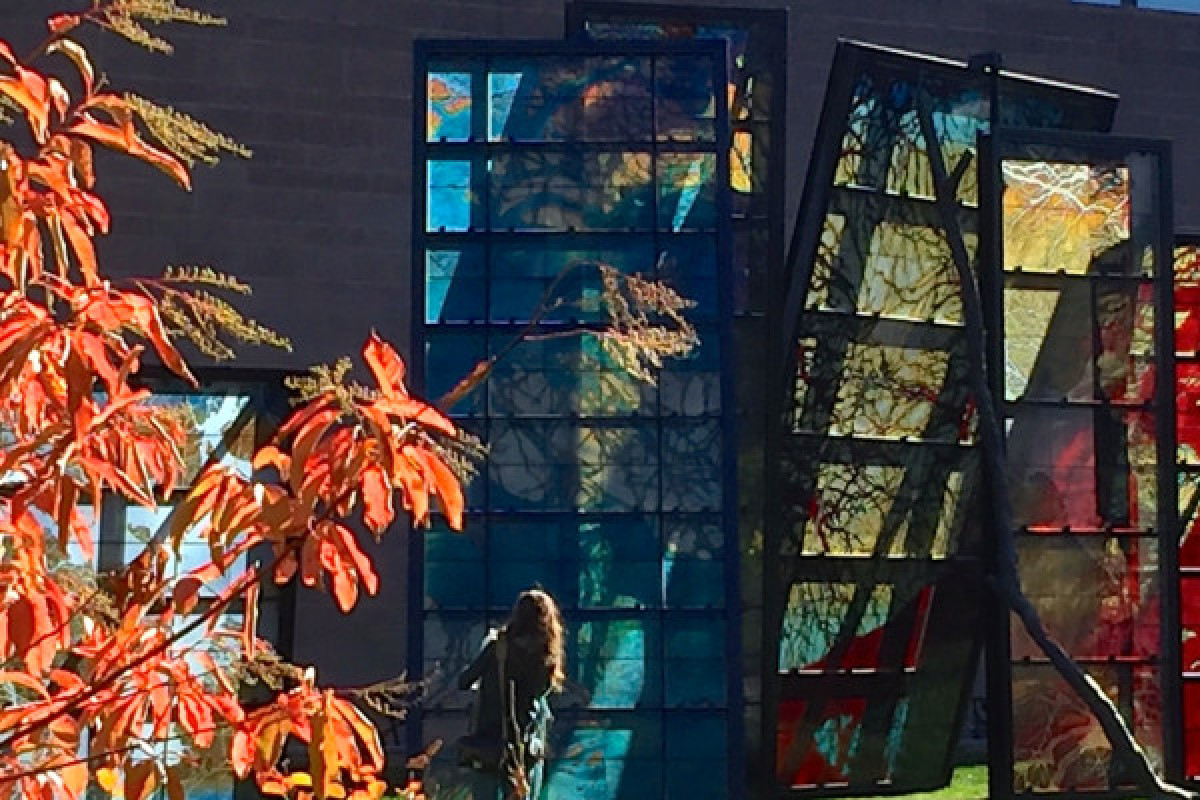

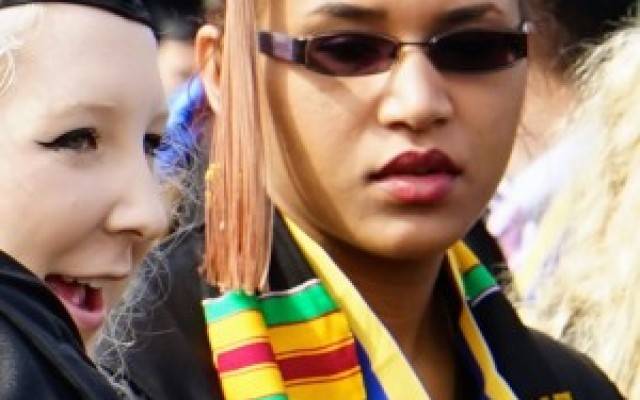
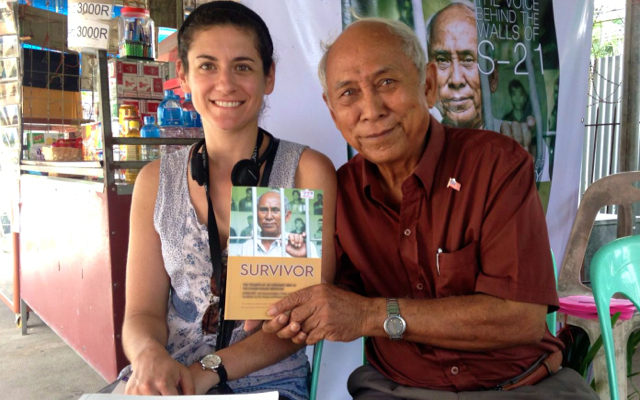
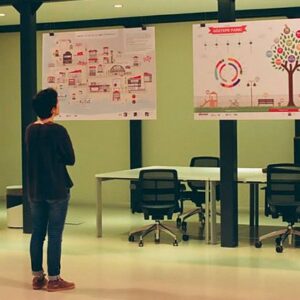
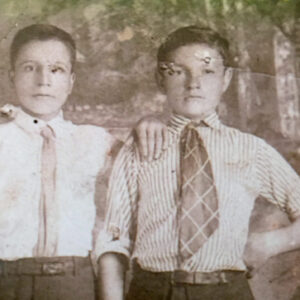
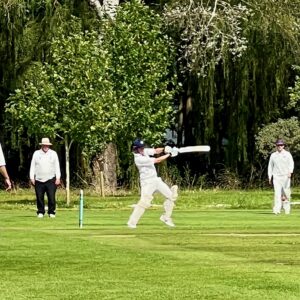
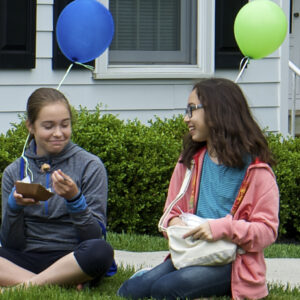


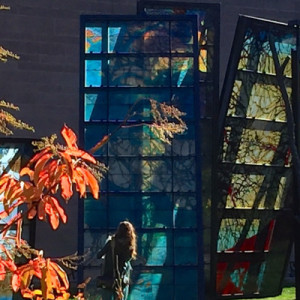
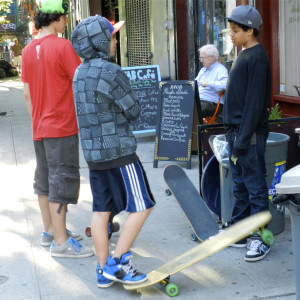
No Comments Yet!
You can be first to comment this post!